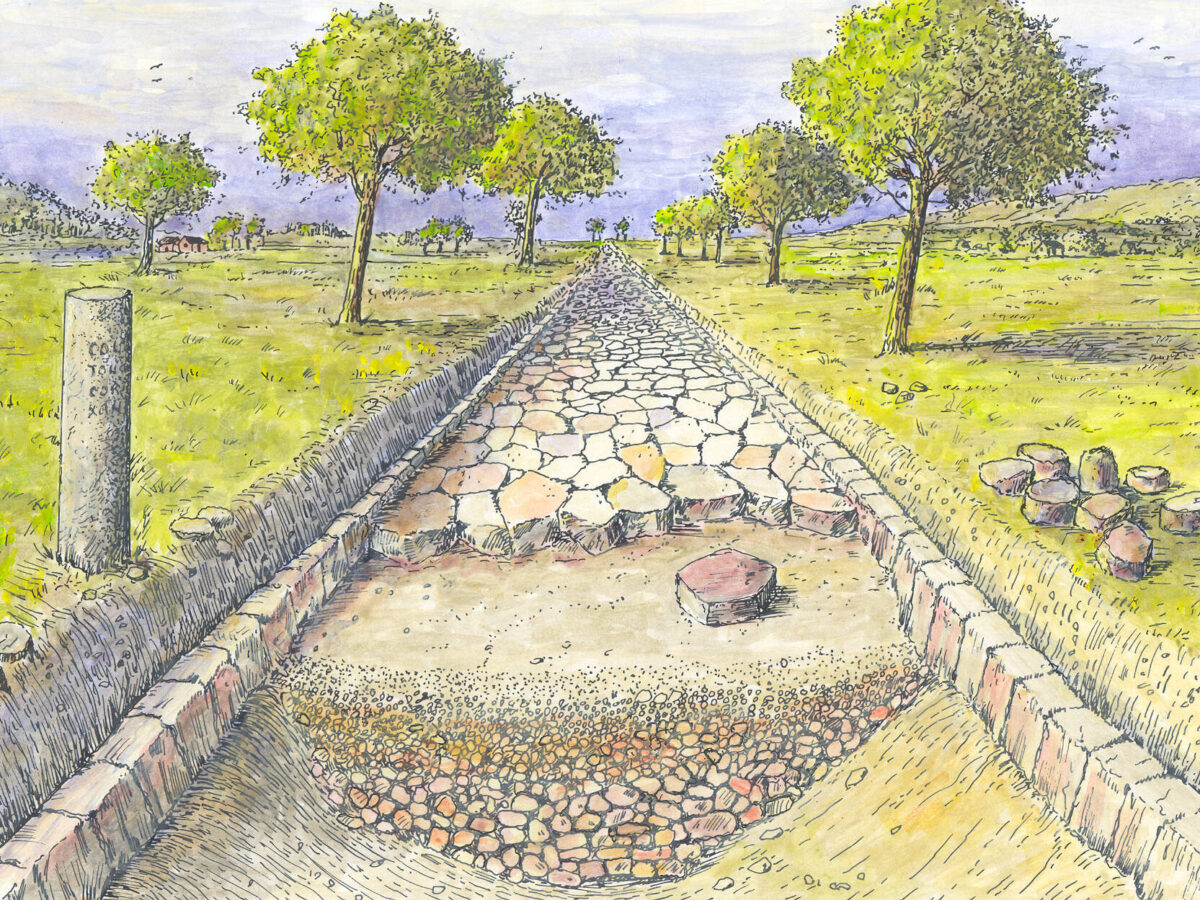Roman Renaissance in Maastricht
Author: Harry Lindelauf
Photography: RCE, WikeCommons, Harry Lindelauf
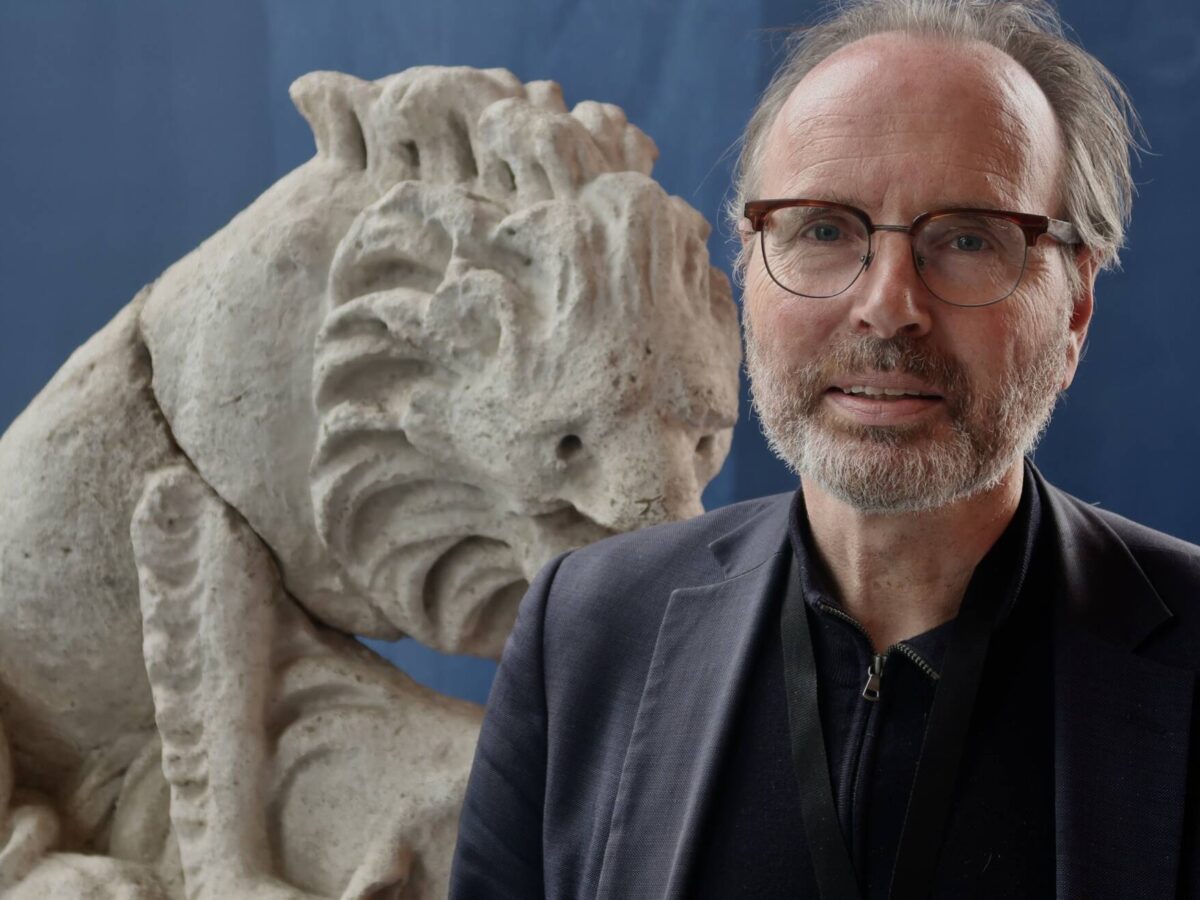
Saint Servatius, the fortifications, and that magnificent historic city centre — Maastricht has so much visible and tangible history that the Roman period is often overshadowed. But that is about to change: the city is working on a Roman Renaissance, to be completed in 2027.
The Roman Renaissance consists of several components:
- renewal and expansion of the permanent exhibition at the Maastricht Museum,
- a temporary exhibition at the Maastricht Museum and a Roman festival,
- renewal and possible expansion of the presentation of the Roman cellar beneath Hotel Derlon,
- and — not yet certain, but already proposed — the reconstruction of part of the Roman bridge over the Meuse.
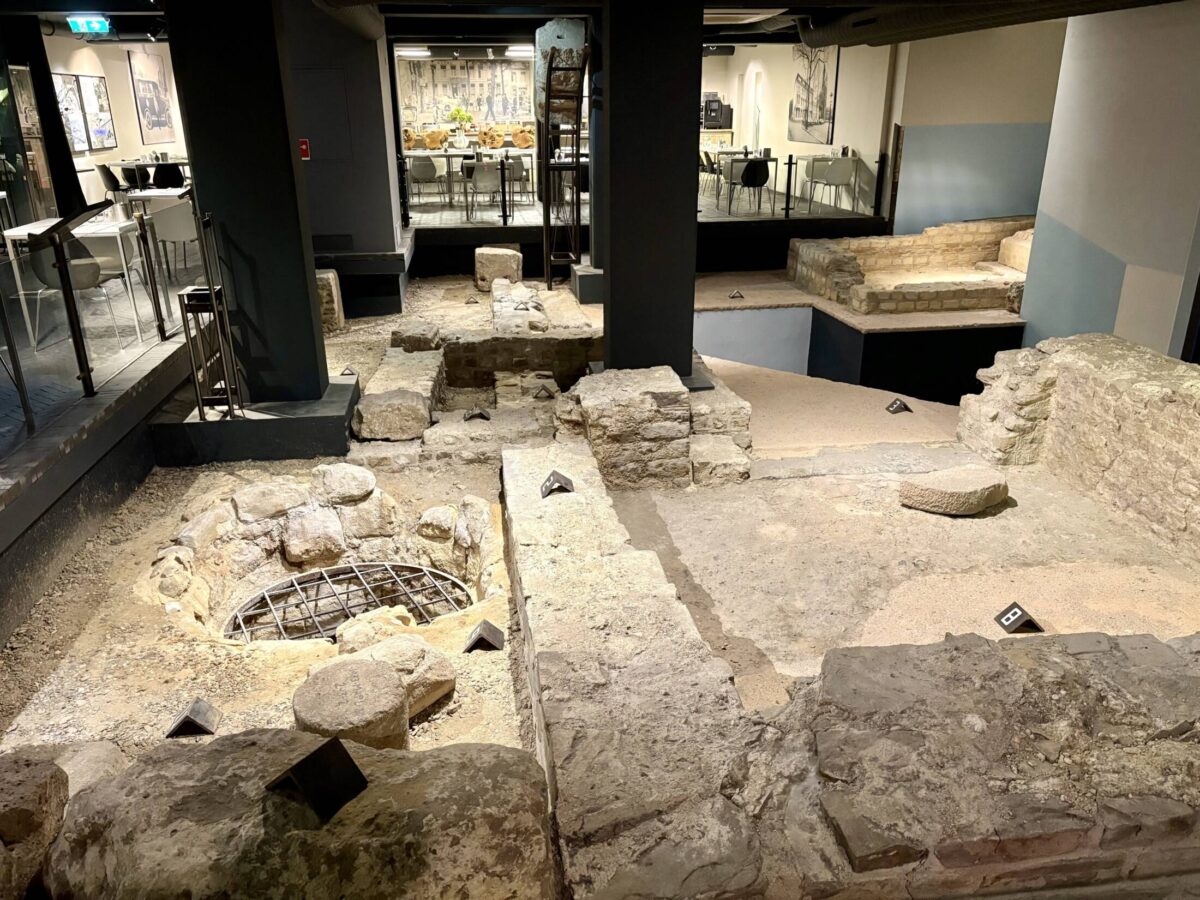
Euregio Project VIA VIA
Three of these components already have funding. The exhibitions and the Roman Derlon cellar are partly financed by the Euregio project VIA VIA. The Interreg Meuse–Rhine programme of the European Union and the Province of Limburg have committed financial support.
Without a Roman bridge, there would be no Maastricht
The reason for the Roman Renaissance can be summed up succinctly by Wim Hupperetz, director of Centre Céramique, of which the Maastricht Museum is part: “Without a Roman bridge at this spot, there would be no Maastricht.”
The idea of reconstructing a section of the Roman bridge on the banks of the Meuse also comes from him: “Much of our Roman history lies underground. How can we make it visible to people? The riverbank used to lie about 90 metres further west, so you could reconstruct two or three bridge piers on the Bat if you wanted to. That triggered my imagination — hence the idea to rebuild parts of the bridge where the real one once stood.” The first reactions in the city are positive. Whether the reconstruction will actually happen remains uncertain; designers and architects will first do their work, followed by a feasibility study and, eventually, a municipal council decision.
Wim Hupperetz: “Without a Roman bridge, there would be no Maastricht.”
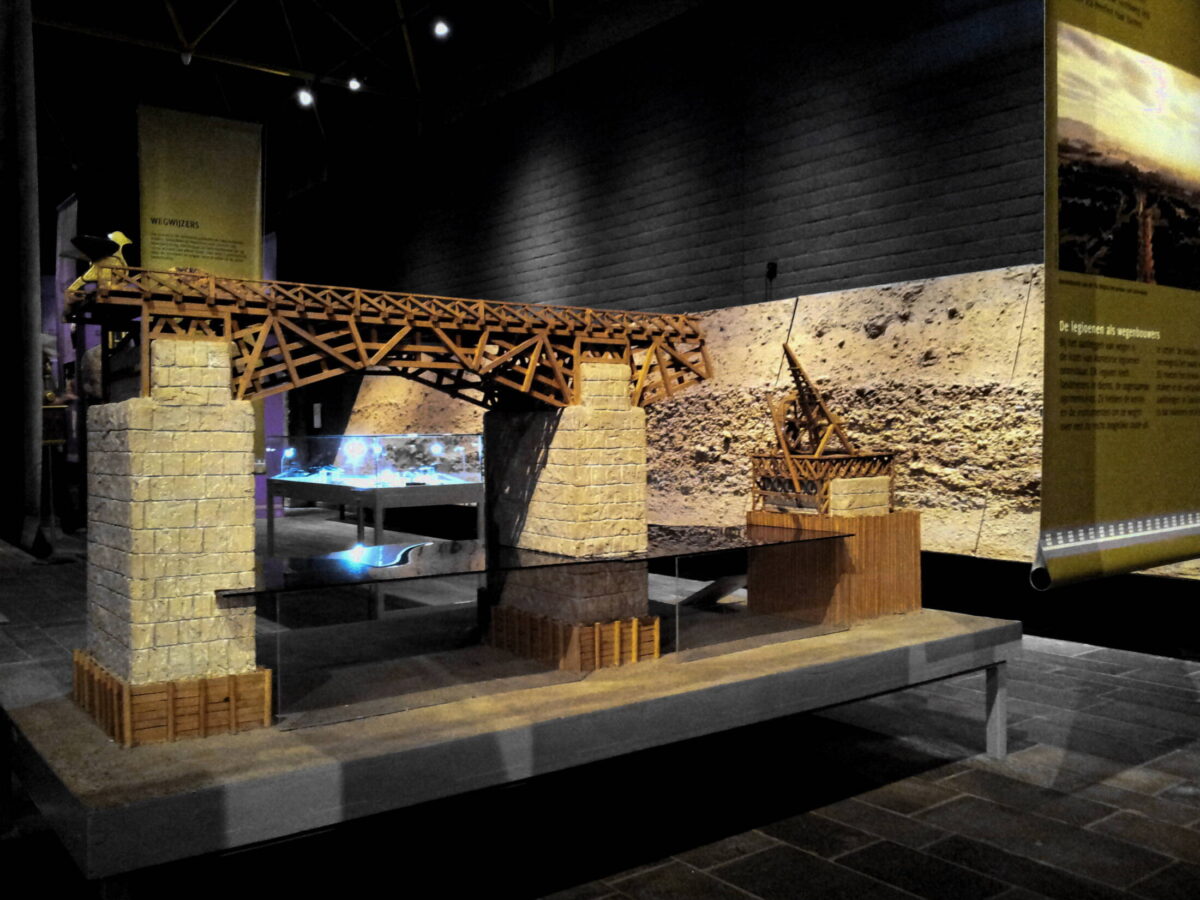
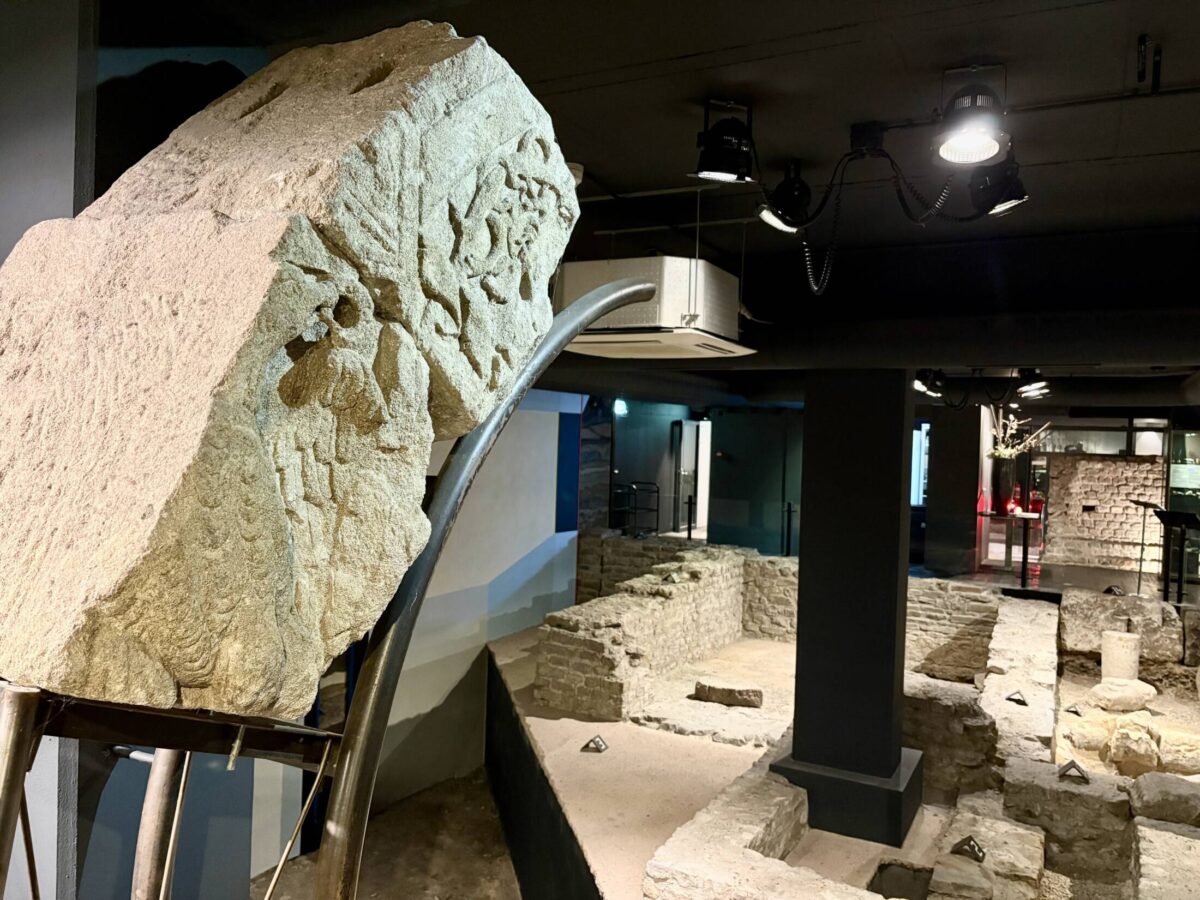
Unique Roman ensemble
Maastricht also possesses Roman remains that are not hidden underground. The cellar of Hotel Derlon, on the corner of Onze Lieve Vrouweplein and Plankstraat, contains restored remnants of a temple gate, the base of a Jupiter column, a cobbled road surface, a water well, and reused stones from the Roman castellum wall. This ensemble is unique in the Netherlands and, thanks to the VIA VIA project, will receive a new presentation.
Pierre Rieu wants a Roman ‘vibe’
The new owner of Hotel Derlon is Pierre Rieu, who is enthusiastic about the Roman cellar: “In my career I’ve slept in around 2,000 hotels, but never one with Roman remains. This is fantastic! But as it is now, it couldn’t be more underexposed. I want to bring more experience into the cellar. And — I learned this word from my children — the whole hotel will breathe a Roman ‘vibe’. But it won’t be Disney or the Colosseum. The right balance is crucial. I want guests to say: wow, this is amazing.”
Plans for a renovation of the hotel are currently being developed.
Pierre Rieu: “The whole hotel will breathe a Roman ‘vibe’. But it won’t be Disney or the Colosseum.”
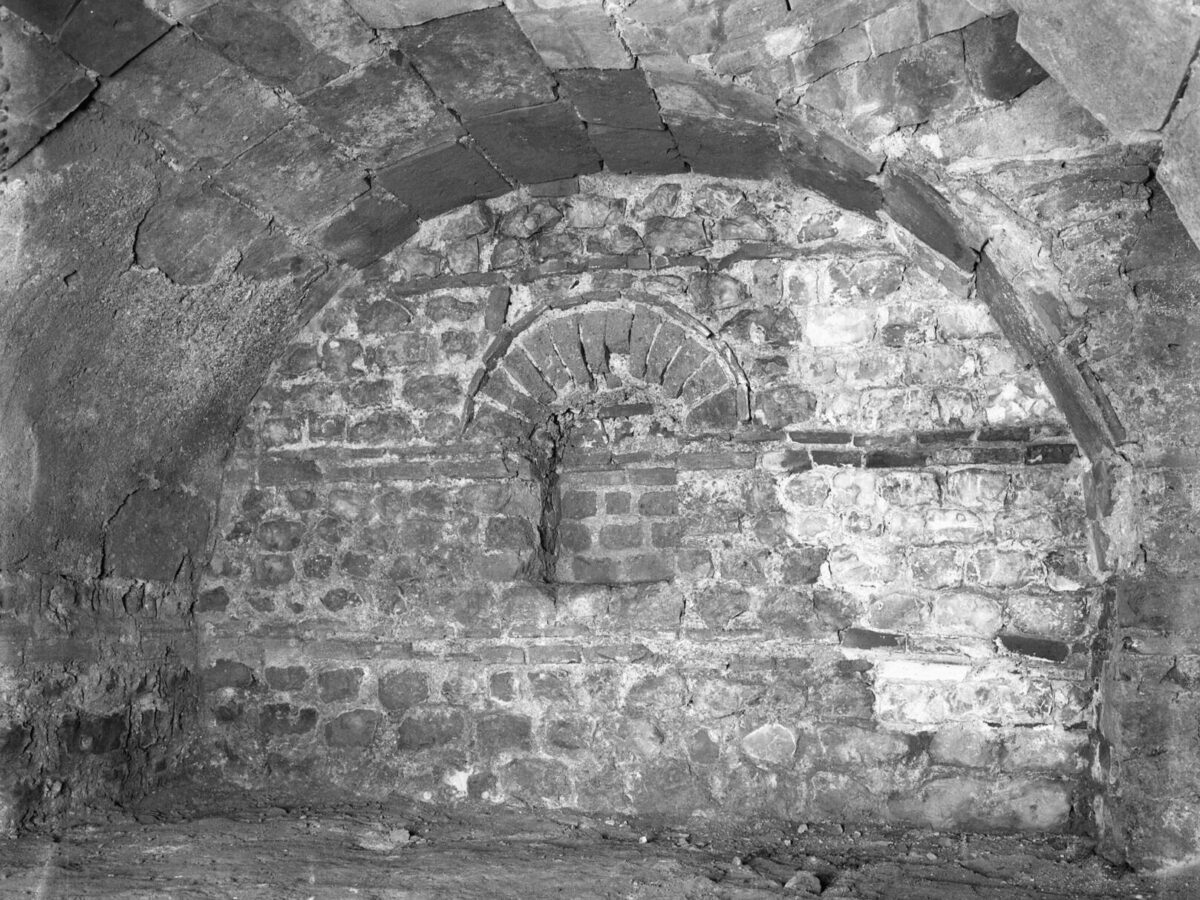
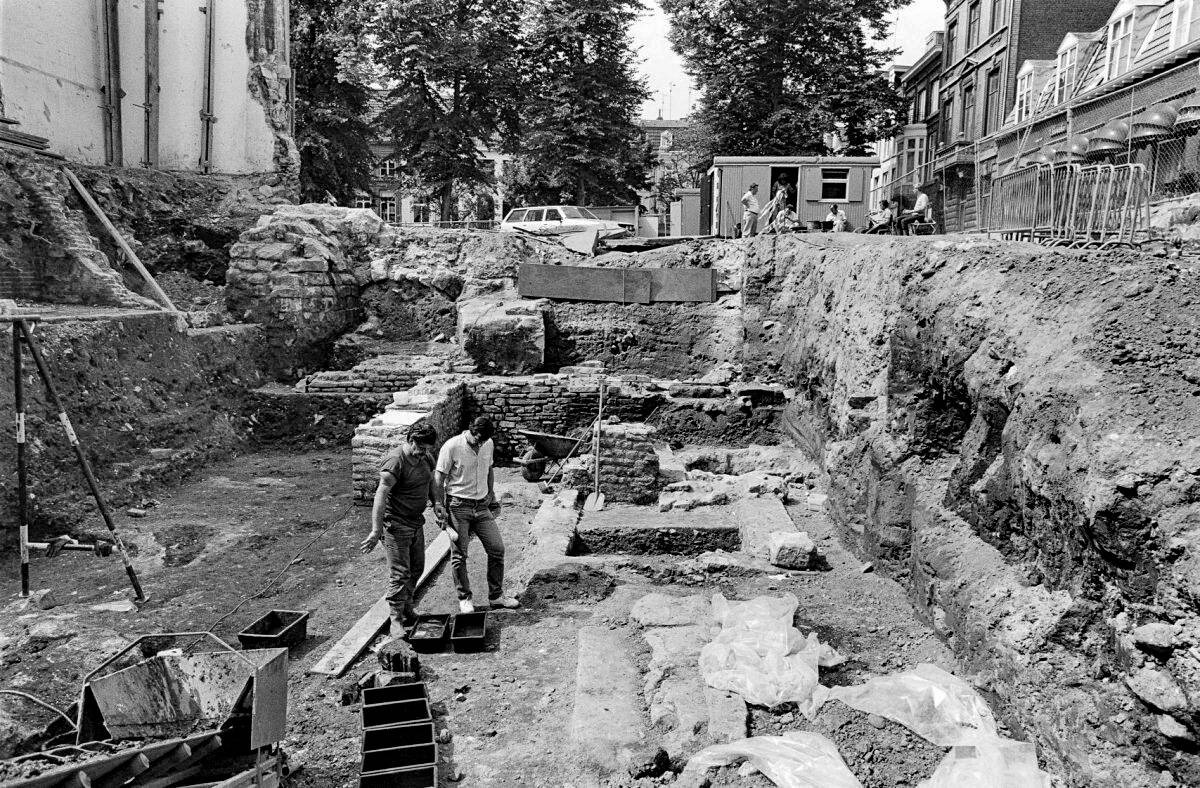
Servatius as storyteller
City archaeologist Gilbert Soeters and curator Sjoerd Aarts of the Maastricht Museum, in close consultation with Pierre Rieu, are working on the new presentation of the Roman remains in the Derlon cellar. Their shared goal is to offer visitors more explanation and experience from early 2027 onwards.
For that purpose, “Servatius” will be employed — he made his debut in 2024 during the Via Belgica LUX Festival as a Maastricht wine merchant. Servatius will tell the story of the finds in the renewed Derlon cellar. That story is written by archaeologists and brought to life through artificial intelligence, complete with a face and voice.
Gilbert Soeters: “In this way, the story of this place comes to life. The greater story of Roman Maastricht will be told in the Maastricht Museum.”
Read also: Maastricht had not one, but three Roman bridges.
The Interreg Meuse–Rhine programme has recognised the tourism project VIA VIA as a valuable initiative with a total implementation budget of €4,567,252.40 and an ERDF contribution of €2,283,626.17. The project is also supported by the European Union, co-financed by the Ministry of Economic Affairs of North Rhine-Westphalia, the Province of Limburg, and the Regio Deal Parkstad Limburg.

